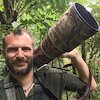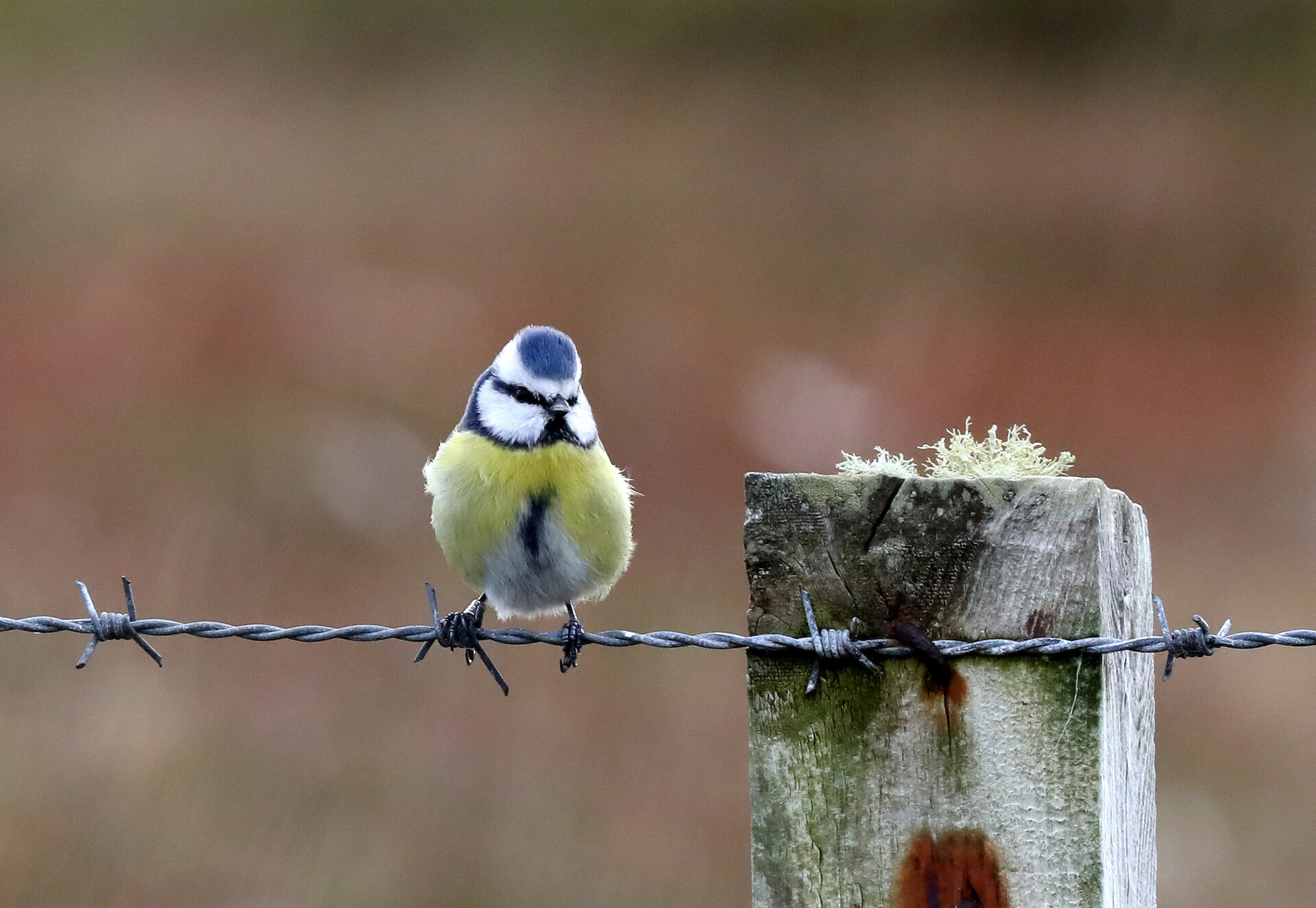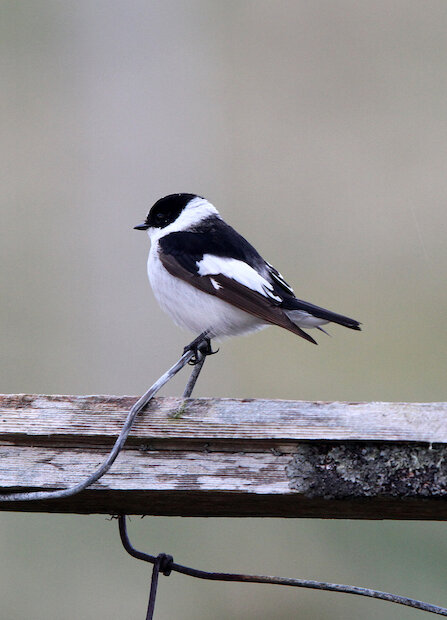Like so many of us, I’ve been spending a lot more time at home lately than usual. There’s a silver lining to that particular cloud, and it’s one I suspect a lot of people working from home have been indulging in – I’ve been paying closer attention to the birds that come and go outside my windows. Who needs EastEnders or Corrie when you’ve got the lives and loves of a tribe of sparrows to follow every day?
Chatting to friends down on the British mainland I realise that I am lucky to have those sparrows – house sparrows numbers have fallen, precipitously, in Britain over the past few decades. It reminds me that I sometimes take my Shetland home for granted – there is wildlife as well as qualities of life that persist here, whilst diminishing or lost elsewhere.
It was both birds and a chance for a better, different life that brought me to Shetland in the first place. I had been an avid birder, and visiting the islands annually, for years by the time I decided to come and sink permanent roots here. I traded life in small Kentish village for a home that sits on a peninsula that points, like a finger, from Whalsay across the sea to the Out Skerries and, beyond the horizon, towards Scandinavia.
The location was no accident or rather, it was a happy one insofar as I could not have wished to find a home in a more auspicious location. While Shetland still has plenty of house sparrows, many of the garden birds folk on the British mainland are familiar with are absent as resident birds here. It took me almost 20 years to see a blue tit arrive in my Whalsay garden…





